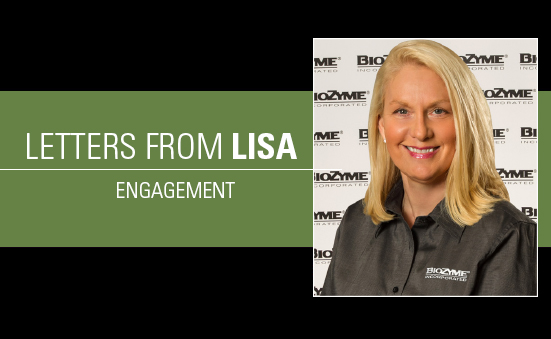Think outside of the box – be innovative!
In strategic planning sessions we’re often told to “think outside the box.” Neuroscientific research indicates that it becomes increasingly difficult to break out of our existing mindsets.
Therefore, thinking outside the box is never easy, nor is it a reflection of mental brightness. To leave your psychological comfort zone and explore “solutions in the unknown world on the outside requires large measures of mental agility, boldness, and creativity and/or an inspirational leader who makes life in the old box so uncomfortable that getting out is the only option.” So where does one start to get out of this box?
Make but Challenge Your Assumptions
Assumptions play a vital part in creative thinking. However, challenging those assumptions means questioning the everyday things you take for granted. “The best assumption to have is that any commonly held belief is wrong,” says Ken Olson, CEO of DEC. The natural thing to do is the thing you have always done. Every time you approach a problem you bring your accumulated experience, knowledge and training to the table. But this includes your accumulated assumptions and biases – conscious and unconscious. The more experienced you are, the more likely you are to assume outcomes by extrapolating from the known facts and experiences to predict a result. This mental baggage can prevent you from accepting innovative ideas. Don’t let that happen or you will be stuck in the box.
Ask Lots of Searching Questions
Don’t take anything for granted. Creativity requires an inquisitive mind. Unless you ask lots of “Why?” and “What If?” questions, you won’t generate the brainstorming a team needs to be innovative. Always try to look at the world through more inquisitive eyes to try and get ideas in motion.
Step Out of Your Shoes
Stepping out of your shoes and into the shoes of others may help you surface new insights to a problem. It seems us humans look at most every box through our own shoes. Walking in the shoes of others and clearly assessing and understanding their perspective is a key to out of the box thinking.
Innovative, out of the box thinking is not easy but is perhaps one of the more important traits of a high growth, performing company. Force yourself to have the discipline to challenge, ask, listen and walk in different shoes.











